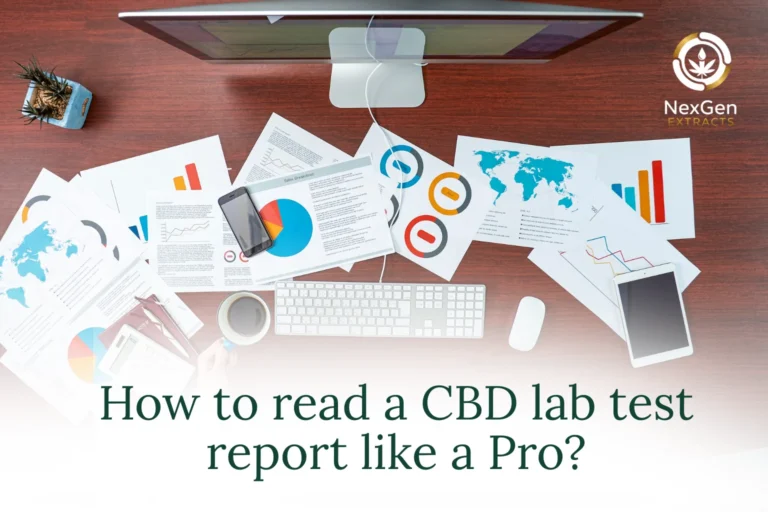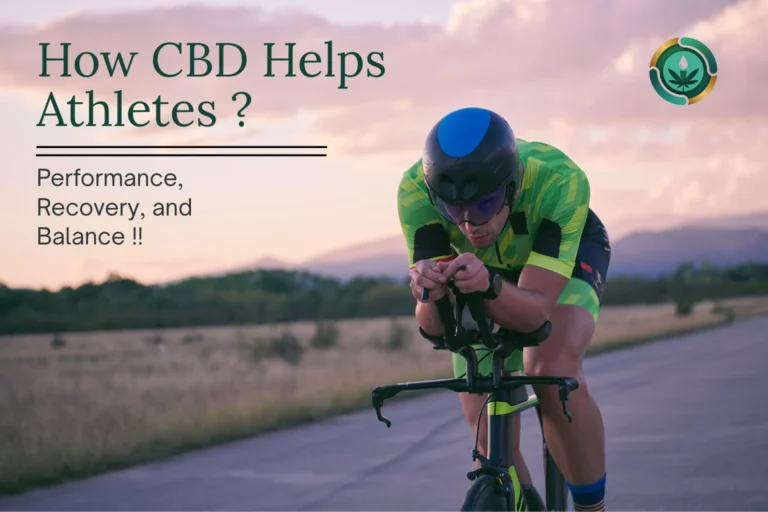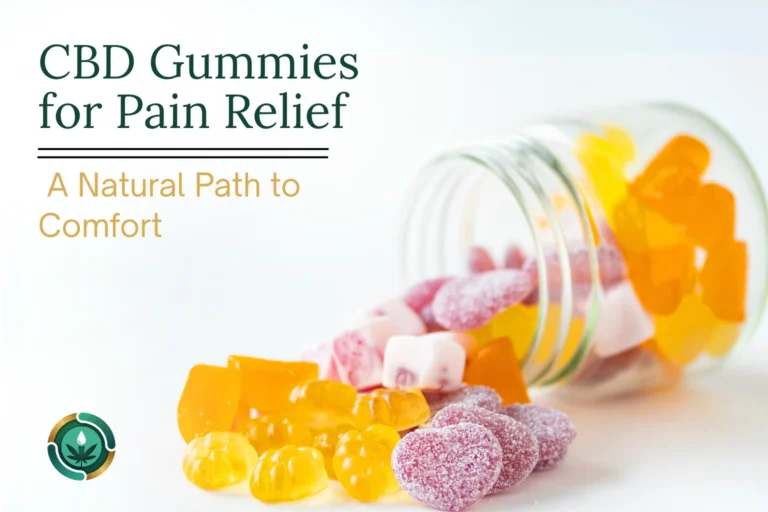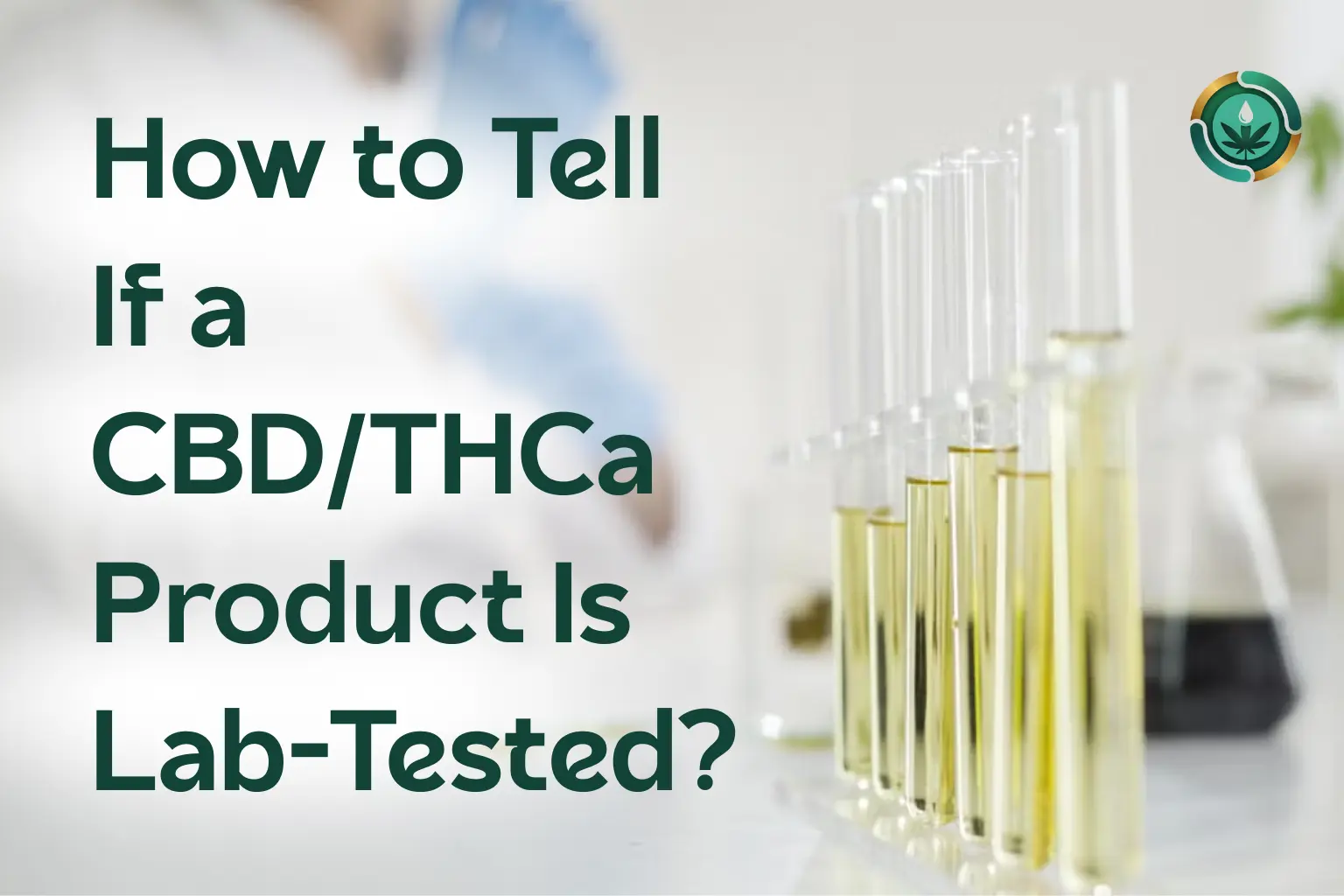
Introduction
The CBD and THCa markets have grown rapidly, but with popularity comes a problem: not every product is what it claims to be. Some brands offer premium, carefully formulated items, while others push untested, unsafe, or mislabeled products just to make a quick profit. That’s why the phrase “lab-tested CBD” or “lab-tested THCa” is more than just a marketing buzzword—it is your best safeguard as a consumer.
But here’s the challenge: many people don’t actually know how to tell if a product is genuinely tested or how to read a COA (Certificate of Analysis). This guide will walk you through everything you need to know. By the end, you’ll be able to look at a CBD or THCa product, pull up its lab report, and confidently decide whether it’s trustworthy.
Why Lab Testing Matters in CBD and THCa
Hemp-derived products—whether they’re CBD oils, THCa flower, tinctures, gummies, or vapes—are not yet regulated by agencies like the FDA in the same way pharmaceuticals are. That means the responsibility of verifying safety and accuracy falls heavily on the consumer.
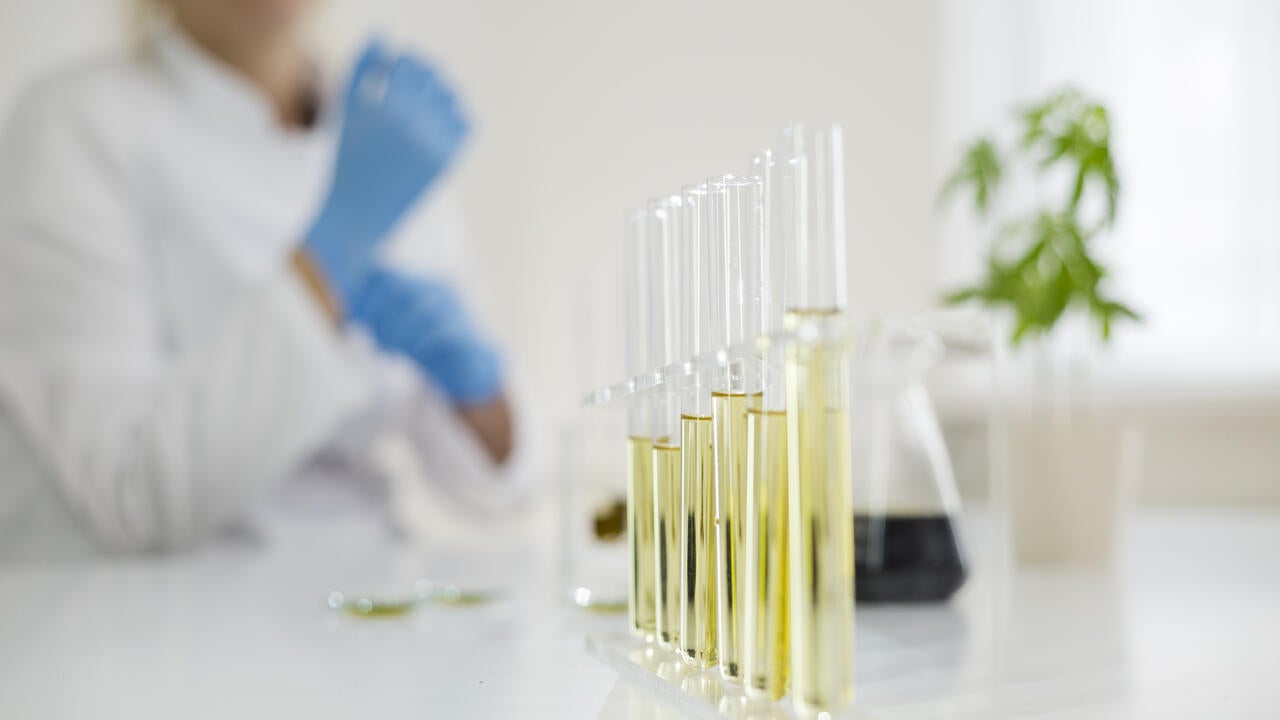
A third-party Certificate of Analysis solves this gap by confirming a product’s identity and purity. Without one, you cannot know for sure if the label is telling the truth. Independent testing ensures:
- Cannabinoid accuracy: Verifies that the CBD, THCa, or THC content matches the label.
- Safety checks: Screens for harmful contaminants like pesticides, heavy metals, mold, bacteria, or residual solvents from extraction.
- Legal compliance: Ensures hemp products meet the federal limit of 0.3% Delta-9 THC (in the U.S.).
- Transparency and trust: Shows that the company stands behind its claims and has nothing to hide.
In short, if a product doesn’t have a COA, it doesn’t deserve your money or your trust.
What Is a COA?
A Certificate of Analysis (COA) is a laboratory report that details what’s inside a CBD or THCa product. It is generated after an accredited, independent lab tests the product for cannabinoid content and potential contaminants.
Think of it as the nutritional label for hemp-derived products—except instead of calories and protein, it shows cannabinoids, THC levels, and whether harmful substances are present.
A proper COA should always come from a third-party lab, not from testing done in-house by the brand. Independent verification removes bias and makes the results far more reliable.
How to Find a COA
Legitimate CBD and THCa companies want you to see their lab results. They usually make them available in several places:
- On the packaging: Many companies include QR codes that you can scan to access the COA instantly.
- On the website: Look for a “Lab Results,” “COAs,” or “Testing” section.
- By request: If you email customer support, they should provide the report without hesitation.
If you cannot find a COA or the company avoids your questions, that is a strong indicator that the product is not properly tested.
How to Read a CBD/THCa COA: Step-by-Step
At first glance, a COA can feel overwhelming with all its scientific terms and charts. But once you know the basics, reading one becomes simple. Here is how to approach it:
1. Confirm the Lab Information
- Look for the lab’s name, contact details, and accreditation.
- A genuine COA should come from an independent, third-party lab.
- If you cannot verify the lab or the report looks like it was generated in-house, treat it with caution.
2. Match the Product Details
- The COA should clearly list the product name, type (oil, gummy, flower, etc.), and batch number.
- Compare the batch number on your product with the COA. If they do not match, the results may not apply to what you are holding.
- The date is also important. A COA should be current, ideally less than a year old, and specific to the batch you purchased.
3. Analyze the Cannabinoid Profile
This is usually the first section most people look at. It lists the percentages and milligrams of cannabinoids found in the product. Key points include:
- CBD concentration: Does it align with what the label claims? A small variance is acceptable, but major discrepancies suggest poor quality control.
- THCa levels: For THCa flower, the report should clearly show the THCa percentage, which indicates how much THC will be present once the flower is heated or smoked.
- Delta-9 THC content: For legal hemp products, this must not exceed 0.3% by dry weight in the United States.
4. Check for Contaminants
A trustworthy COA does not just list cannabinoids; it also includes screenings for harmful substances:
- Heavy metals: Lead, cadmium, arsenic, and mercury are unsafe even in small amounts.
- Pesticides: Should be listed as “ND” (not detected).
- Microbial contaminants: Tests for bacteria like E. coli, salmonella, and molds.
- Residual solvents: If solvents were used in the extraction process, the report should show whether any traces remain.
If a COA lacks this section, it means the product has not undergone full safety testing.
5. Verify Units and Measurements
COAs often list results in milligrams per gram, milligrams per serving, or percentages. Make sure you understand which unit is being used so you can compare it with the label.
Common Red Flags in CBD/THCa COAs
Not every COA is created equal. Some are incomplete, misleading, or outright fake. Here are warning signs to look for:
- The COA only shows cannabinoid content but omits contaminant testing.
- The lab information is missing, vague, or not verifiable.
- The batch number on the COA does not match the product.
- Results look too perfect—authentic products often show trace variances.
- The document appears altered, has missing pages, or lacks official lab signatures.
If you notice any of these red flags, it is best to avoid the brand altogether.
Why Some Brands Skip COAs
You may wonder why a company would risk skipping testing. The answer is simple: it saves money. Full-panel testing can be expensive, and less reputable brands rely on the fact that many consumers do not know how to check for COAs.

However, this comes at a cost to the consumer—untested products may contain unsafe ingredients or far less CBD or THCa than advertised. This is why understanding COAs is crucial for protecting your health and your wallet.
Pro Tips for Spotting Legit CBD and THCa Products
- Look for transparency: Reputable companies make COAs easy to find and navigate.
- Check every batch: Lab results should be tied to specific batch numbers, not just generic product categories.
- Read beyond cannabinoids: Full safety testing is just as important as knowing the CBD or THCa content.
- Stick to established brands: Companies with strong reputations usually provide consistent, verifiable testing.
- Educate yourself: Once you learn to read a COA, spotting quality becomes second nature.
Final Thoughts
Lab testing is not just a selling point—it is a necessity in today’s hemp market. Whether you are purchasing CBD oil, THCa flower, or infused edibles, always look for a third-party Certificate of Analysis.
By carefully reading COAs, you can confirm the cannabinoid content, ensure the product is free from harmful contaminants, and avoid misleading or unsafe products.
The bottom line: never buy CBD or THCa without a COA. It is the only way to separate reliable, lab-tested products from questionable ones.

